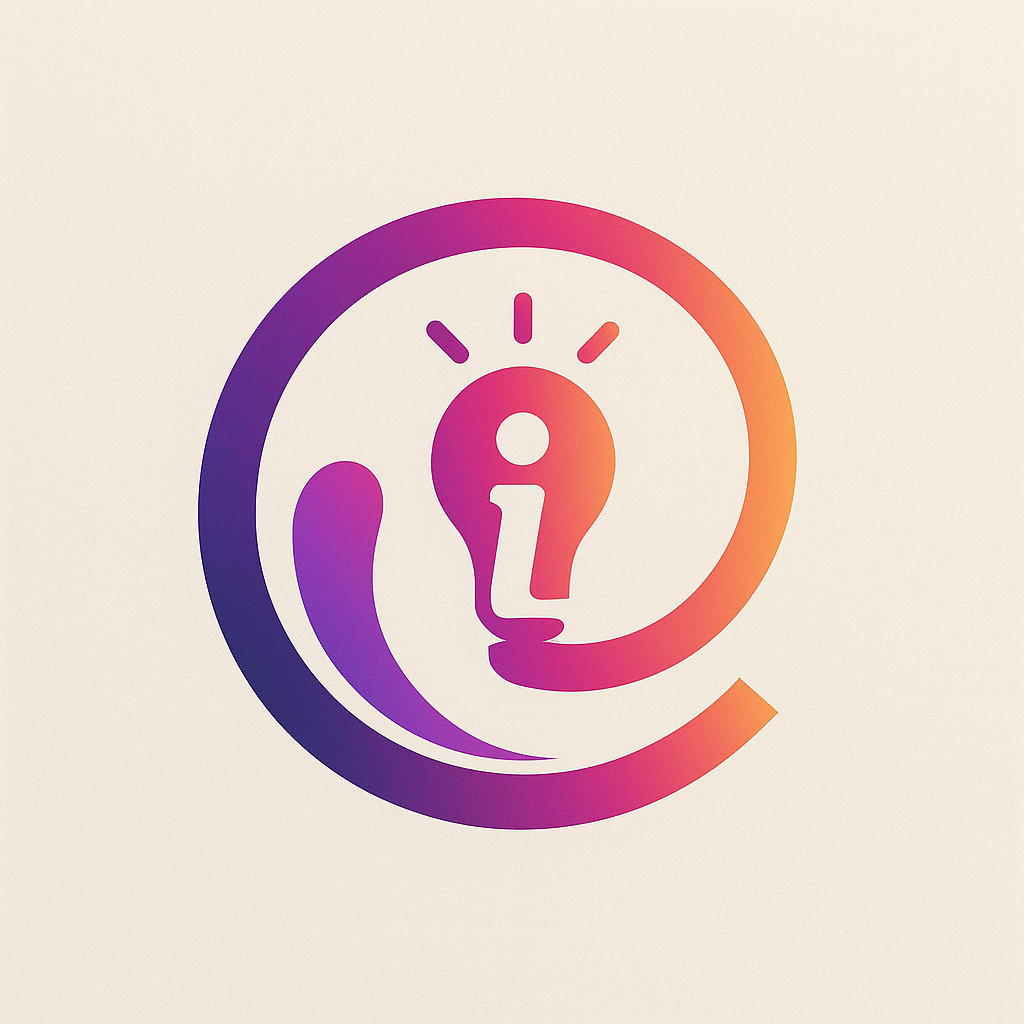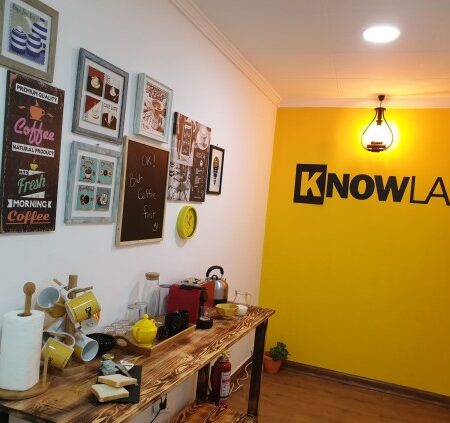On November 20, 1985, the still tiny Microsoft had the world Windows 1.0, an operating system that succeeded the MS-DOS. Even the most ambitious employees of the company were to imagine the extent that the product has taken since he became one of the services most used in the world in computing.
 On July 1st, 2019, Microsoft’s Twitter account adopted a Bill and Ted persona to announce “Introducing the all-new Windows 1.0, with MS-Dos Executive, Clock, and more”. The company hasn’t explained what it’s planning but told a fan to “just take a chill pill and enjoy the ride, man”. We are not sure what’s the exact plan behind this tweet.
On July 1st, 2019, Microsoft’s Twitter account adopted a Bill and Ted persona to announce “Introducing the all-new Windows 1.0, with MS-Dos Executive, Clock, and more”. The company hasn’t explained what it’s planning but told a fan to “just take a chill pill and enjoy the ride, man”. We are not sure what’s the exact plan behind this tweet.
Introducing the all-new Windows 1.0, with MS-Dos Executive, Clock, and more!! 😲 💾 pic.twitter.com/guU4QxwsGG
— Windows (@Windows) July 1, 2019
One good guess is that Microsoft may be planning to open-source Windows 1.0 as it’s done with and MS-DOS and more recently the Windows Calculator app, which are both hosted on Microsoft-owned open-source code repository GitHub.
Almost 34 years with 13 different versions, Microsoft’s Windows Operating System still rule the computers, it is interesting to note that before the “Jurassic” Windows 1.0, everything was made from text commands. Will you be able to live like that today?
Windows 1.0 (1985)
Among other new features, this version had a graphical user interface. Also, there were mouse support and important apps that have become traditional from any computer. As we said earlier “Introducing the all-new Windows 1.0, with MS-Dos Executive, Clock, and more” in 1985.
Windows 2.0 (1987)

Not many changes, since the little hardware has evolved. But apps like Word and Excel won their first editions.
Windows 3.0 (1990)

From here, versions become the first edition of many people. This Windows already had a lot less “square” and technical interface with a cleaner look to access folders and programs. In version 3.1, which came then debuted the frustrating and fun game “Minesweeper”.
Windows NT 3.5 (1994)

Microsoft early on began to turn not just for domestic consumers but to businesses. Security features and file sharing, essential for corporations, turned possibilities. Note also the biggest color differentiation and evolution in the design of icons.
Windows 95 (1995)

This classic was one of the most important updates of all. The architecture has become 32 bits, certain visual patterns that lasted years were adopted there and Start Menu has been implemented. In a later update, we developed the Internet Explorer.
Windows 98

Adopting the strategy “in team that is winning does not move”, Microsoft has focused a great deal on support and performance for this version. Several news also focused on Internet access and network programs such as Active Desktop, Outlook Express, Frontpage Express and Microsoft Chat.
Windows ME – Millenium Edition (2000)

This Windows was one of the great failures of the company. The visual was undeveloped and the system had bugs and instabilities. Emerged programs like Movie Maker, while Windows Media Player has a new version.
Windows 2000 (2000)

Be careful not to get confused. This Windows was facing server and client corporations. Windows NT-based, it had new security features files, cached DLL and other more technical innovations.
Windows XP (2001)

He spent only a year, but it seems they were several. Windows XP had a more curved and less flat design, investing more in vivid and intuitive services. He combined both functions as home business, just to become popular among both segments.
Windows Vista (2007)

The view was important in many ways: he presented the Aero graphical interface and new security tools. But it was not well received by consumers and only ran really well in more new and powerful machines. The control accounts emerged bringing customizations, but its use and configuration have been criticized.
Windows 7 (2009)

Windows 7 took the bad image of Vista and became one of the most popular versions of all. The user interface used the system of accounts and improved the graphics in general.
Windows 8 (2012)

The inteface Metro radically changed the operating system’s look and had mixed reception, especially by more traditional than they would use on a tablet. The Start Menu turned the Start screen with icons turning into “tiles”. The App Store and Microsoft’s new official services standard to give a visual of the company.
Windows 8.1 was released onAugust 27, 2013, and reached general availability on October 17, 2013, about a year after the retail release of its predecessor. Windows 8.1 was made available as a free upgrade for retail copies of Windows 8 and Windows RT users via the Windows Store. Windows 8.1 aimed to address complaints of Windows 8 users and reviewers on launch.
Windows 10 (2015)

The Start Menu back, combined with tiles from the previous version. The Microsoft Internet Explorer became the Edge, the Cortana is coupled in the system and there is enough integration with the Xbox One. It is also possible to use multiple desktops. The experience is well divided between tablets and PCs.
Windows 10 is the final operating system in by Microsoft till date, various updates are made under the hood Windows 10. All those years Windows OS plays vital role in the PC, Business computing and looks strong in the future too.






